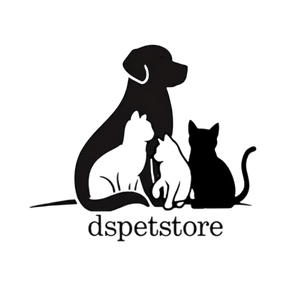The Mystery of the Litter Box: How Does Cat Litter Actually Work?
The Mystery of the Litter Box: How Does Cat Litter Actually Work?
Have you ever wondered, "The Mystery of the Litter Box: How Does Cat Litter Actually Work?" It's a common question with a fascinating answer rooted in material science. All cat litters are designed to absorb moisture and trap odors, but the specific methods vary. This article will explain the science behind different litter types to help you understand their functionality and make an informed choice for your cat.
The Science Behind the The Mystery of the Litter Box
Most clumping litters are made from bentonite clay. This special clay absorbs liquid rapidly and swells, forming a hard, solid clump. This process makes cleaning the litter box much easier for you. You can simply scoop out the clumps and solid waste, which keeps the rest of the litter fresh and reduces odors. This is the primary reason why so many people prefer clumping cat litter.
How Non-Clumping and Crystal Litters Function
Non-clumping litters were the first type of litter. They typically use clays that absorb liquid but do not form solid masses. The liquid soaks into the granules, but the litter becomes saturated over time. A full litter change is needed more frequently with this kind of litter.
Silica gel litter, or crystal litter, works differently. The porous crystals absorb liquid and trap odor molecules inside, allowing the water to evaporate. This makes the litter last for a long time. You just need to remove solid waste daily and stir the crystals to maximize their life.
Why Choose the Right Cat Litter?
Choosing the right litter is essential for your cat's health and happiness. A clean litter box can prevent bad habits and make litter box training much easier. Proper litter management is a critical part of being a responsible pet owner. You can learn more about this by reading our guide, "
Here is a quick breakdown of how different litters work:
-
Clumping clay: Absorbs liquid and forms hard, scoopable clumps.
-
Non-clumping clay: Absorbs liquid but does not clump.
-
Silica gel crystals: Trap moisture and odors while allowing water to evaporate.
-
Natural litters (wood, corn, paper): Absorb liquid and are often biodegradable, with some types also clumping.


